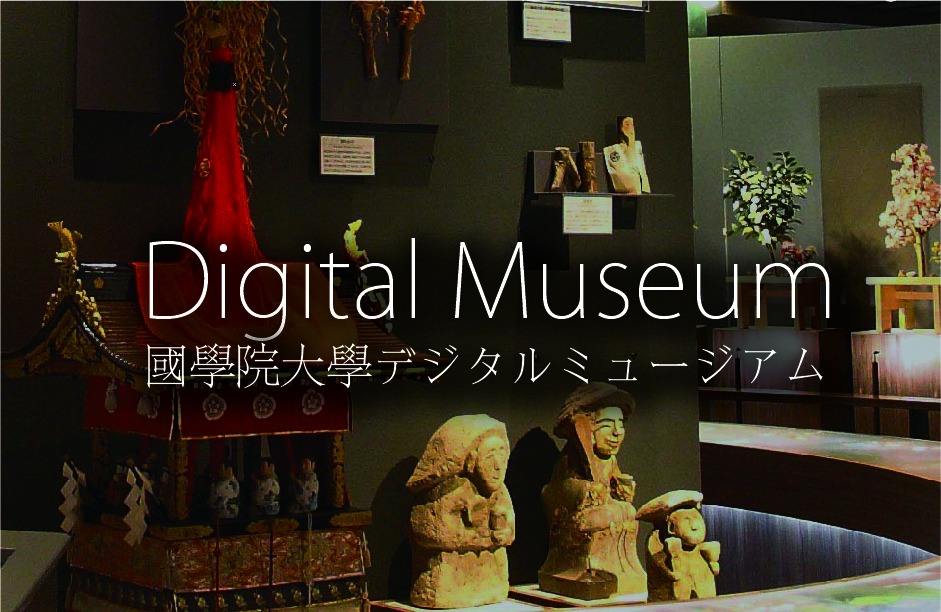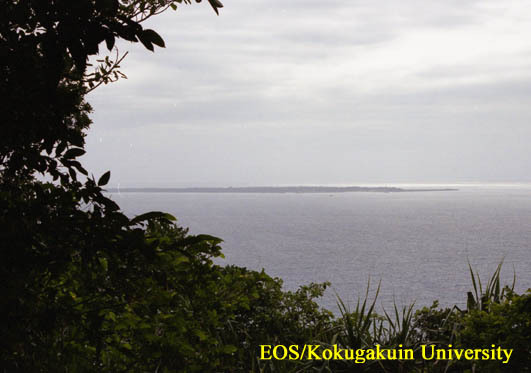- トップ
- Encyclopedia of Shinto
- Izaihō
Encyclopedia of Shinto
| Main Menu: | |
| Links: |
詳細表示 (Complete Article)
| カテゴリー1: | 5. Rites and Festivals |
|---|---|
| カテゴリー2: | Rituals in Okinawa and Amami |
| Title | Izaihō |
| Text | A festival held on Kudaka Island, Okinawa Prefecture, during the year of the horse (once every 12 years) from the 15th to the 18th of the 11th lunar month. Prayers (ugandate) are begun a month before the festival so that it can take place without hindrance or impediment, and when they are finished there is a ritual feast. The festival is a ceremony for the acquisition of shamanic powers. All women between the ages of 30 and 41 who were born and raised on the island and who married a man from the island undergo the rite to receive spiritual power (shiji) handed down from their ancestors and thus join the island's body of female lay ritualists (Jp. kamionna, Okinawan nanchu). During the festival, the women spend their days apart from their families in a hut for ritual abstinence. The four-day festival unfolds in both a dramatic and systematic fashion. On days one and two the women undergo a ceremony in which they ritually inherit the spiritual powers of their ancestors (in the form of the ash of incense), cross a bridge seven times (symbolizing communication with the other world) to test their chastity, and perform the kashirarareashibi in which they pretend to wash their hair as part of a dance. On the third day they receive their certification as shrine maidens (miko). On the fourth day they ritually send away the kami that have gathered for the observance and then share a meal in which they exchange sake offerings (miki) with their male siblings whom they spiritually protect in their ritually significant role as "sister-deities" (onarigami, a female figure who functions as a protective force for male members of her family or clan). When all of the rites are finished, a lively shared meal called ubukui is held. The festival is very impressive and exuberant. However, owing to the island's rapid loss of population and changes in values, there have been no women to fill the primary ritualist positions and the female lay ritualist system has fallen apart, making it difficult to carry out the festival. As a consequence, no izaihō have been held since 1978. — Hatakeyama Atsushi |





